Larry Ellison CEO Timeline: Making The IT Industry Fun For 40 Years
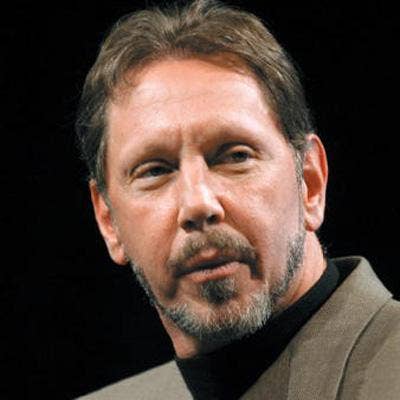
The End Of An Era
As CEO of Oracle even before his company was known as Oracle, Lawrence "Larry" Ellison has been one of the true icons of the IT industry. He has threatened to shoot competitors, outlasted many potential heirs apparent, battled to be the richest man in the world, and even skipped high-profile events to engage in his passion for sailing.
No one has ever called Ellison boring. Indeed, from the time when "Oracle" was a CIA project and not a company, he has managed to be a part of nearly all the biggest changes in the IT industry, where he has continually redefined the future of computing while continuing to have a lot of fun doing so.
He once again gave the industry something to talk about Thursday when the company said he is stepping down as CEO to become CTO, naming Safra Catz and Mark Hurd as the company's new CEOs.
Here's a look back at the life and times of Ellison as CEO of Oracle.
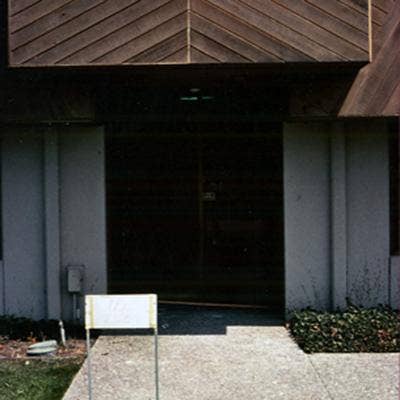
1977: Oracle Founded
Ellison, along with partners Bob Miner, Ed Oates and Bruce Scott, founded the company that would later be known as Oracle. The company started as Software Development Laboratories, and its first commercial product was an RDBMS (relational database management system) application that was developed after the completion of an RDBMS application for the CIA. That CIA project was code-named "Oracle."
Ellison originally was not an employee of Software Development Laboratories, as he was still working on a huge consulting deal for his then-employer Precision Instruments. But it was Ellison who decided to focus development on relational databases based on a 1970 research paper that described the SQL language.
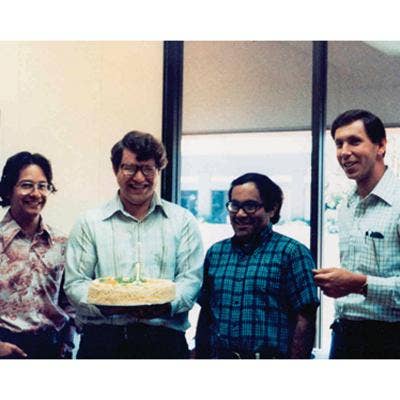
1978: New Name, New Focus
Software Development Laboratories was renamed Relational Software Inc. (RSI) to better reflect the company's focus. Ellison and his team decided to focus on building database applications for the minicomputer market. Minicomputers at the time were a fast-growing business.
Meanwhile, IBM, the database software heavyweight, was focused on its mainframe business, giving upstarts such as RSI the opportunity to focus on other markets.
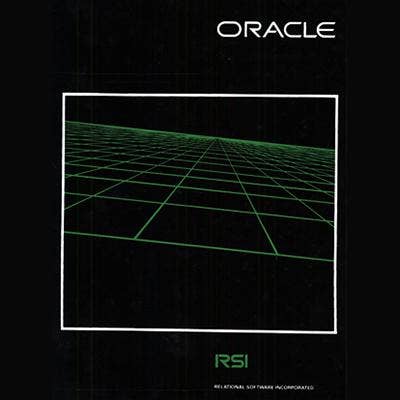
1979: First Commercial RDBMS Software Released
RSI released version 2 of its software, which became the first commercial release of an RDBMS application.
What about version 1? There was no version 1. After all, who in their right mind would want to buy a potentially buggy first release of a new application?

1981: The Rise Of Oracle
In 1980, RSI had a total of eight employees and revenue of $1 million. However, in 1991, IBM adopted RSI's technologies for its mainframes, leading to an annual doubling of revenue for the next seven years.
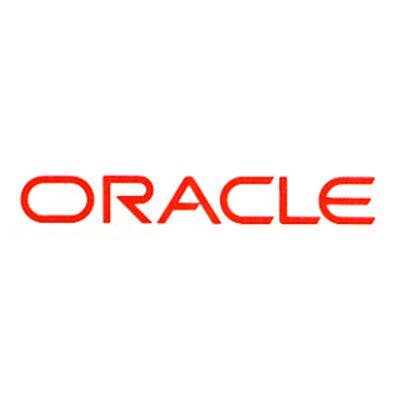
1982: "Oracle"
RSI renamed itself Oracle Systems Corporation, but would later shorten it to Oracle Corporation.
Oracle had 35 employees that year.
That year also saw Ellison, in an interview with ComputerWorld, publicly state a goal of ensuring portability of his company's software between various operating systems. Oracle reached that goal, although it would later stop development of its software for Hewlett-Packard's Unix, leading to, well, we are getting ahead of ourselves now.
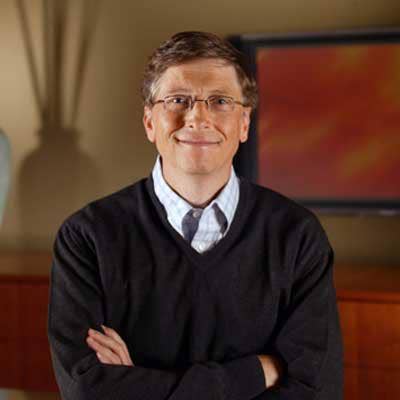
1986: Big Year For IPOs
Oracle's IPO of 2,100,000 shares was on March 12, 1986, with an offering price of $15 per share.
Interestingly enough, Microsoft went public the day before at $21 per share. Ellison and Microsoft Chairman and CEO Bill Gates would become fierce rivals on a professional level for more than a decade. That rivalry extended to a race to see who could be the richest man in the world. Gates won, but Ellison in 2000 almost took the prize.
Beating Oracle to the IPO punch, however, was Sun Microsystems, which on March 4, 1986, held its IPO priced at $15.75 a share. Twenty-four years later, Oracle would acquire, well, here we are yet again getting ahead of ourselves.

1990: First Big Layoff
Oracle in early 1990 had to restate results for its latest fiscal year because of a sales staff that became known for overstating revenue, and in September of that year reported a loss of $36 million, compared with the prior year's first-quarter earnings of $11.7 million. The loss came despite revenue rising over the prior year by 16 percent to $203.8 million.
A week earlier, Oracle said it would lay off about 10 percent of its U.S. workforce which, prior to the layoff, numbered about 4,000 people. The layoffs eventually reached about 50 percent of the workforce.
Oracle lost about 80 percent of its market capitalization, and for a time flirted with bankruptcy. Ellison started delegating management of the business to others while he focused on product development.

2000: Ellison Heir Apparent Leaves
Ray Lane in 2000 resigned as COO of Oracle, saying that he and the company were no longer communicating. Oracle later indicated that the resignation was part of a planned transition.
At Oracle's 2011 stockholder's meeting, an investor asked Ellison for his comments about rumors that Oracle might acquire Hewlett-Packard, which by then had appointed Lane as chairman. In a video posted on the AllThingsD website, Ellison is heard replying, "Well I don't run Hewlett-Packard. Ray Lane runs Hewlett-Packard. And I'll quote Ray Lane, 'This is my board. This is my team.' And they've selected a new CEO. This is Ray's strategy, his team, his company. So I suggest we all watch very closely. I know how good Ray is. Now everyone gets to see it."
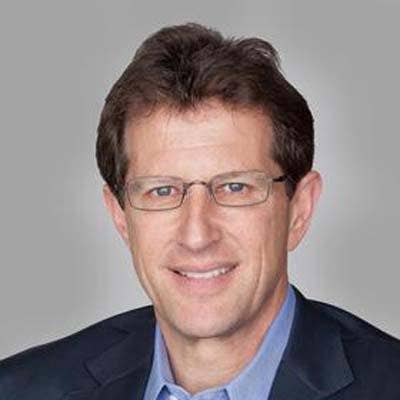
2000: Ellison Heir Apparent Leaves
A few months after Lane left Oracle, another executive often cited as an Ellison heir apparent, Gary Bloom, resigned as executive vice president to become CEO of Veritas Software.
Bloom said he resigned because there was no opportunity to advance to the top at Oracle as long as Ellison was there. Ellison himself echoed those thoughts, saying in a conference call, "If I were Gary I would do the same thing," according to The Wall Street Journal.
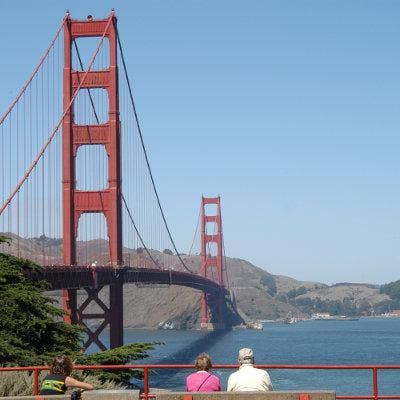
2004: First Major Acquisition Bid Fails
Oracle eventually would become one of the most acquisitive companies in the IT industry.
However, Ellison's first major acquisition bid, a personal pitch to purchase the NFL's San Francisco 49ers, failed when the team's owner decided not to sell.
That was a mere blip for Ellison and Oracle which, starting the following year, embarked on one of the IT industry's biggest run of acquisitions, one that would span six years and turn Oracle into one of the biggest IT companies.
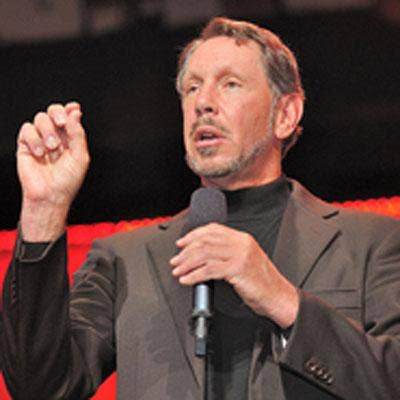
2005: Big Year For Acquisitions (1)
Oracle early that year closed its $10.3 billion acquisition of PeopleSoft, which also included JD Edwards, after a nearly two-year pursuit of the company, turning Oracle into the industry's second largest corporate applications software vendor.
The acquisition, Oracle's largest, was a tough hostile takeover. Oracle eventually paid 65 percent more for PeopleSoft than its initial offer.
From a December, 2004 BusinessWeek report:
"At one meeting with Wall Street analysts, an exasperated Ellison even joked that if he had a gun, he would never dream of shooting (then PeopleSoft President and CEO Craig) Conway's dog -- but Conway himself probably wouldn't be so lucky! The response from Conway, who learned the tech business working for Ellison in the late 1980s? He and his dog appeared on stage at a customers' conference, where man and mutt both wore matching bulletproof vests."

2005: Big Year For Acquisitions (2)
Oracle that year also paid an unidentified sum to purchase identity management technology developer Oblix.
It also ended up paying nearly $670 million to acquire Retek, a developer of software for the retail industry, after a tug-of-war with archrival SAP, which early in the year announced a friendly bid for the company.
Oracle also acquired TimesTen, a developer of in-memory database technology, and Innobase, which was a key developer of the InnoDB storage engine used for the open-source MySQL database software.
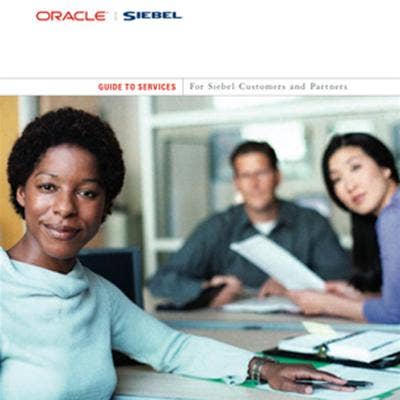
2006: Oracle Acquires Siebel, Sleepycat
Oracle's $5.8 billion acquisition of sales force automation developer Siebel Systems brought closure to an acrimonious relationship between Ellison and a former Oracle executive.
Siebel founder Thomas Siebel was once one of Oracle's top sales execs, but in 1992 left Oracle under what The Wall Street Journal called at the time "disputed circumstances." Siebel a year later founded the company that would bear his name. He was a big critic of Ellison, going so far as to call him a "pathological liar," the Journal reported.
Oracle that year also acquired open-source database developer Sleepycat Software.
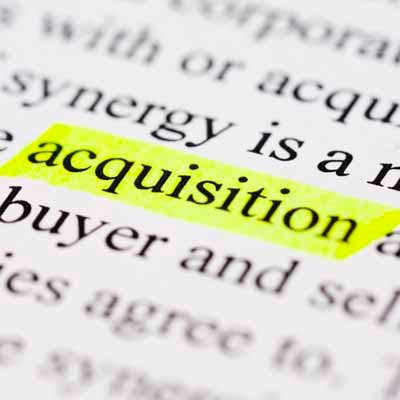
2007: Oracle Acquires Hyperion, Stellant
Hyperion, a developer of business intelligence and performance management software, was acquired by Oracle for $3.3 billion.
Oracle also paid $440 million for enterprise content management software vendor Stellant.

Oracle acquired enterprise software developer BEA Systems for $8.5 billion in what became the company's second-largest acquisition. The acquisition was a tough fight, with Oracle originally proposing a deal for $6.7 billion and saying that was the best it would do, only to relent later after several rounds during which BEA had to deal with legal troubles related to backdated stock options.
Interestingly enough, Ellison in 2005 said after Oracle closed its PeopleSoft acquisition that the software industry had too many players and that he was interested in acquiring more, including BEA.
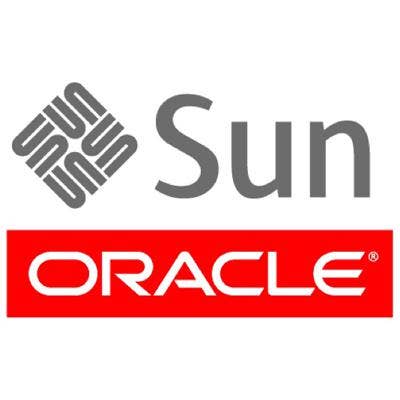
2010: Oracle Acquired Sun Microsystems
While Oracle revealed in April 2009 that it planned to acquire Sun, the deal did not close until early 2010 due to European regulatory concerns that the acquisition, which included Sun's open-source MySQL database technology, would place too much control over the market in Oracle's hands.
With the close of the acquisition, Oracle was for the first time a hardware vendor. The company therefore drew much scratching of heads by dismantling much of Sun's hardware business. Eventually, the key prize from Sun would prove a winner as Oracle started tying its software to the Sun server and storage hardware in appliance-like "engineered systems."
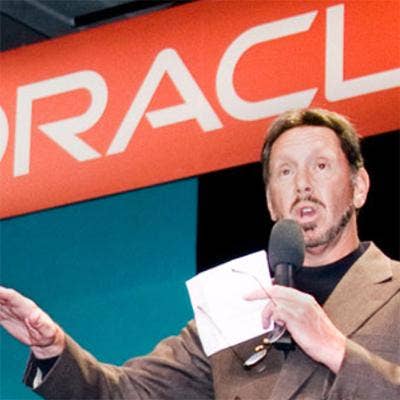
2010: Ellison Drops The Ball On Another Acquisition
In 2010, Ellison made a personal bid for the Golden State Warriors NBA team. He later said he actually topped the winning bid of $450 million. However, reports at the time say his final bid came in too late.
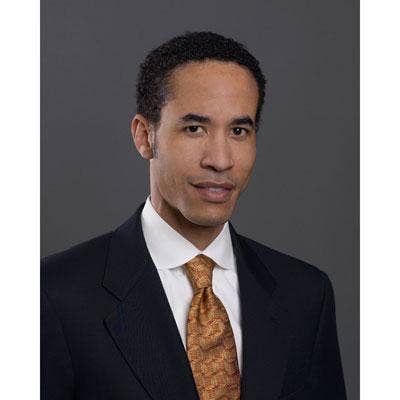
2010: Ellison Loses Another President
Charles Phillips, a former financial analyst who in 2003 took over as co-president of Oracle overseeing all sales and marketing, resigned as president and a member of Oracle’s board of directors on Sept. 6, 2010.
Phillips' decision to step aside coincided with a move to hire former Hewlett Packard CEO Mark Hurd as co-president with a seat on the board of directors.
Ellison credited Phillips with evolving the company's field sales culture "toward a more customer-centric organization and improved our top-line consistency through a period of tremendous change and growth."
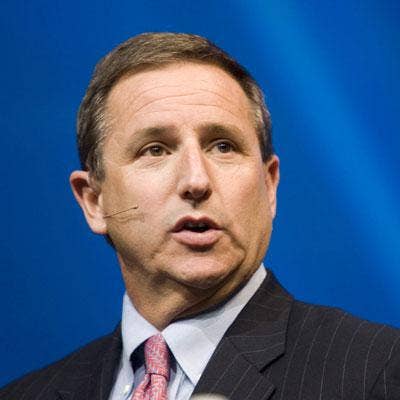
2010: Ellison Hires Friend To Be President And Attack HP
Just one month after HP fired former CEO Mark Hurd, Ellison hired his longtime friend and tennis buddy to oversee Oracle's sales force as co-president as the company.
After Hurd was pushed out of HP, Ellison wrote in an email to The New York Times: "The H.P. board just made the worst personnel decision since the idiots on the Apple board fired Steve Jobs many years ago."
Oracle's decision to hire Hurd came with Hurd under fire for allegations of sexual harassment connected to his relationship with an actress who was hired by HP several times to greet executives at HP functions. While HP's investigation eventually found no evidence of violations of HP's sexual harassment policy, the company fired Hurd over an undeclared close personal relationship that constituted a conflict of interest, failure to maintain accurate expense reports, and misuse of company assets.
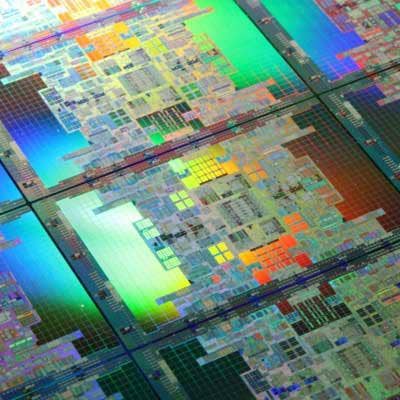
2011: Oracle Attacks HP's Itanium Server Business
Oracle in March said it planned to end all software development on the Intel Itanium microprocessor. It was an obvious attack on HP, the primary user of Itanium processors for its Unix servers. HP, while Oracle's biggest server partner for its software, was also the primary competitor of Oracle's new Sun hardware. The move triggered multiple lawsuits between them.
The lawsuits finally ended in 2012 after a judge concluded that Oracle is legally obligated to continue developing its software for HP's Itanium processor-based servers for as long as HP continues to manufacture them. But by then Oracle had already won the war as HP moved its mission-critical computing business to other architectures.
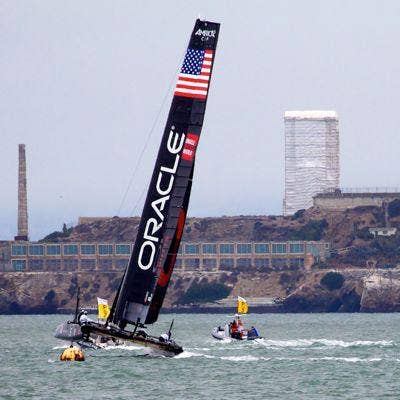
2013: Ellison Skips Important Meeting To Watch Sailboats
Oracle Openworld in 2013 was by coincidence held the same week as the America's Cup yacht race, a race in which Team Oracle represented the U.S. And, it just so happened, the final series of races were held in San Francisco.
That led to the unusual situation of attendees at one of the IT industry's premier events splitting their attention between software and sailing. That extended all the way to the top. Team Oracle, which at one point was trailing their New Zealand rivals 1 to 8, managed to win eight races in a row to take the championship.
And where was Ellison during the final race? Not at the keynote he was originally scheduled to give. Instead, he skipped the stage to be at the harbor to cheer Team Oracle to victory.
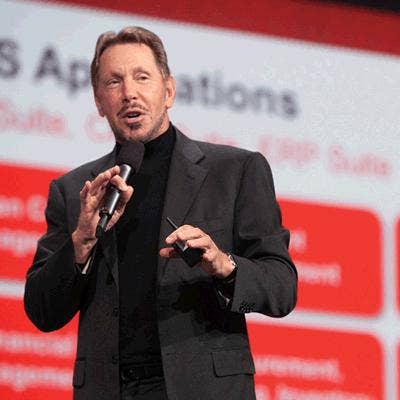
2014: Ellison Heads Back To His Roots
Oracle this week said Ellison is stepping out of the CEO role he has filled since the beginning of Oracle to take over as CTO where he will oversee all hardware and software development. He has also been appointed the company's new executive chairman.
His top two lieutenants, Co-Presidents Safra Catz and Mark Hurd, are splitting the company's CEO role.
Will the change mellow out Ellison, who has more than nearly anyone else made the IT industry a really interesting place to be after all? Or will he continue his role as one of the true icons of the industry? Stay tuned.